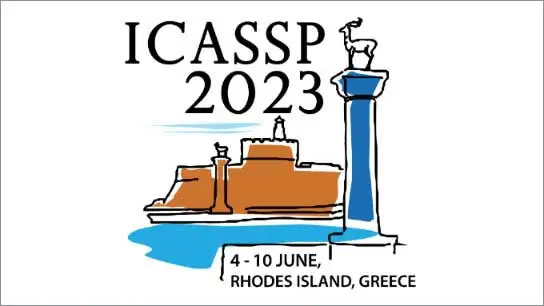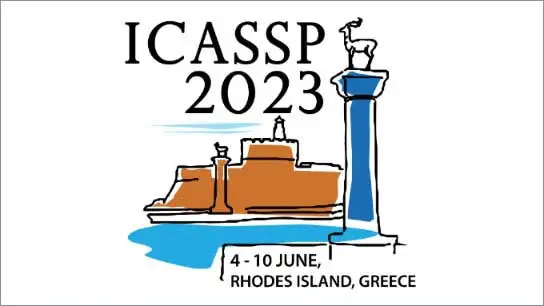Parasympathetic-Sympathetic Causal Interactions and Perceived Workload for Varying Difficulty Affective Computing Tasks
Pravallika Lavanuru (Human Space Flight Centre, Indian Space Research Organization, Bangalore, India.); Sawon Pratiher (IIT Kharagpur); Karuna P Sahoo (IIT Kharagpur); Mrinal Acharya (Dr. B C Roy Multi-speciality Medical Research Centre, Indian Institute of Technology Kharagpur, India.); Sreejith S (Human Space Flight Centre, Indian Space Research Organization, Bangalore, India.); Nirmalya Ghosh (Indian Institute of Technology Kharagpur); Amit Patra (IIT Kharagpur)
-
Members: FreeSPS
IEEE Members: $11.00
Non-members: $15.00
08 Jun 2023
Coherence between the parasympathetic (PNS) and sympathetic (SNS) nervous systems is essential for regulating the intrinsic physiologic processes of the autonomic nervous system. This paper proposes a Granger causality (GC)-based ad-hoc statistical framework to analyze the causality between the PNS and SNS response for affective computing tasks. Our study employs vector autoregression modeling of heart rate variability and galvanic skin response signals, pre-processed with physiologically inspired assumptions in a specific frequency range. Publicly available datasets of experiments designed with varying difficulty stressors are used for experimental evaluation. The dataset includes six psychological tasks and n-back tests on a personal computer, encompassing cognitive load and cognitive capacity tasks. The GC test’s statistical significance highlights the possible causal relationship between PNS and SNS for varying time lags and task difficulty levels. Besides, SNS and vagal tone (PNS) influence the perceived multidimensional workload, causating multifaceted aspects of performance.



